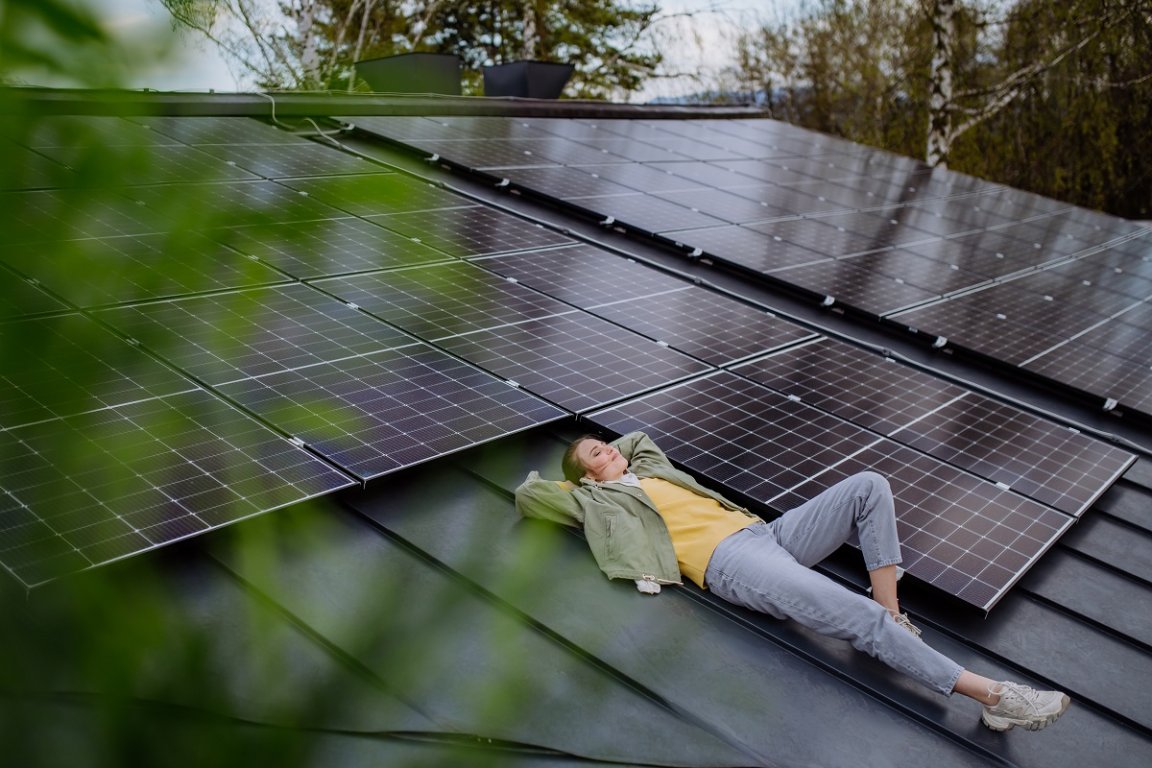
Solar Side Up
Researchers claim that in 2020, an astonishing 53 percent of all free-standing homes in Europe could have run entirely on their own rooftop solar panels and gotten all the energy they needed that year.
As detailed in a new study published in the journal Joule, the researchers evaluated the self-sufficiency potential for 41 million single-family buildings by studying around 4,000 that they considered representative of their regions in terms of local climate, architecture, and other factors.
From there, the researchers calculated cost-efficient ways these households could generate their own energy using rooftop solar panels alongside other measures like insulation, batteries, and small wind turbines.
All told, the findings paint a surprisingly sunny outlook. Using local rooftop solar energy alone, the researchers expect a jump to 75 percent of European homes being able to be self-sufficient by 2050.
Things get shadier when you consider the economic feasibility of going off-grid, however. It’s heavily region-dependent, with sun-soaked Mediterranean countries like Malta and Cyprus beating out the economic solar potential of northern nations like Finland and Norway.
Beyond their climate, other regions eked out an edge with the construction style of their buildings. Denmark, Slovenia, and the Netherlands all have larger rooftops, meaning more room for solar panels. There’s no one-size-fits-all solution, in other words.
Downcast Pricing
Regardless of where you live, though, switching to local, self-sufficient solar will come with a significant premium, costing up to 50 percent more than staying with the energy grid, the researchers estimated. If you’re climate conscious and have the means, though, it may well be worth considering.
“Our results show that even in 2050 going off-grid won’t be the most economic choice, but it could make sense to invest in these kinds of self-sufficient buildings if you are willing to pay more for self-sufficiency,” said study lead author Max Kleinebrahm, an energy economics researcher at the Karlsruhe Institute of Technology in Germany, in a statement about the work.
Still, for solar holdouts, there may be a happy, cheaper medium in partial self-sufficiency. In one example, the researchers estimated a building in Germany would be “cost-optimal” at 73 percent self-sufficiency in 2020, and at 78 percent at the century’s midpoint.
But this, too, comes with a drawback. “At a macroeconomic scale it would be less efficient to have a large number of households abandoning the grid rather than supporting it,” Kleinebrahm said, as partially self-sufficient systems put a greater strain on the grid.
Furthermore, a mass grid exodus could drive up energy prices for those unable to afford the switch, to name just one potential economic consequence.
So rooftop solar energy may be more than capable of powering millions of households — but for a more efficient solution at the macro scale, it might be worth changing what powers the energy grid rather than ditching it.
More on solar: Study Finds That Solar Power Is on Track to Dominate Electric Grids